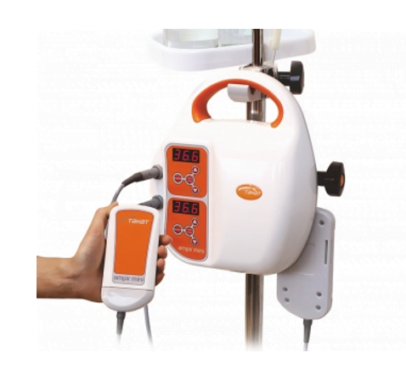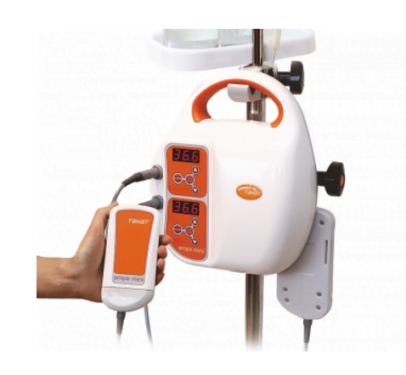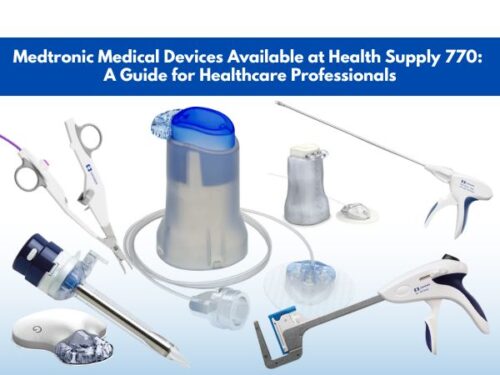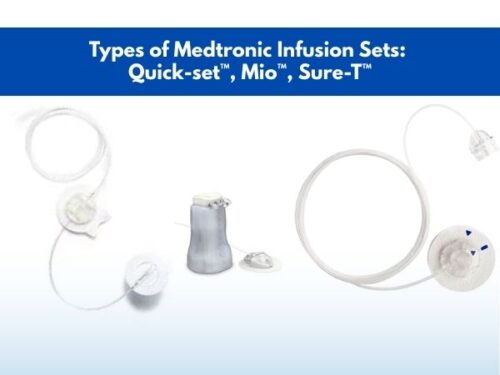What is a blood warming device and how to use?

Several medical devices are used by doctors or other medical staff to treat patients. These devices help either to treat or prevent a medical problem. These devices are extremely helpful and help doctors and hospital staff to focus on the treatment instead of worrying about other matters that might need their attention in the absence of these medical devices.
Such a medical device that helps to prevent a certain medical problem known as hypothermia during treatment is a blood warming device. It is used in the treatment of patients that are physically traumatized or are surgical. If these blood warming devices are not used, the patient may suffer hypothermia during the treatment which causes severe complications and even lead to death.

Blood warmer
What is hypothermia?
Hypothermia is a medical condition that can cause complete failure of the heart and respiratory system if left unchecked. It is caused if a person is exposed to cold temperatures for a long period. It causes the heat in the body to lose faster than its production the body.
A person suffering from severe hypothermia can lose consciousness and you might not be able to check the patient’s pulse or breathing. As surgical or physically traumatized patients are already suffering from various health problems, therefore, it is extremely important to protect these patients from hypothermia. If not avoided, it can lead to severe consequences that can be dangerous for the patients.
What is a blood warming device?
While treating surgical patients, the most important concern is to maintain the patient’s normal core body temperature (Normothermia). If the patient’s body temperature is not maintained, there might be a possible chance that the patient can suffer from hypothermia which means a potentially dangerous drop in the body temperature.
This can lead to drastic results as hypothermia can cause the patient’s heart and respiratory system to fail and lead to the death of the patient. Also, in physically traumatized patients, the administration of cold fluids can cause hypothermia. Therefore, the patients should be delivered warm fluids according to the required temperature during surgery and this is made possible with the help of a blood warming device.

Blood warming device
A fluid warmer or blood warmer are fluid warming devices that are used to warm fluids including crystalloid, colloid, or blood products before administering to body temperature levels. This helps to prevent hypothermia in patients who are physically traumatized or surgical patients.
This thermal balancing of the patient with the help of a blood warming device helps to prevent complications and also reduces the hospital stay time. Due to the benefits this blood warming device provides, these devices are highly significant in medical treatments to prevent hypothermia.
How to use a blood-warming device?
All medical devices have different ways in which these are used. The same medical devices manufactured by different manufacturers may have slight changes in their functionality and procedures but the basic way to use these devices is almost the same.
The procedure of using a blood-warming device consists of a series of steps that must be followed to ensure the proper functionality of the blood-warming device. This procedure of using a blood-warming device starts with adjusting the device’s height according to the level of the patient. After adjusting the level, the power cord should be plugged into a grounded outlet.
Then you should open the warming set pouch with the help of indications given in the form of arrows. Now slide the blood warming cassette into the slot of the warming unit and then connect the short inlet to the source of the blood.
After this, you should prime all tubing to purge air from the line. You should also invert the bubble trap while priming. Now continue to prime the patient line and place the bubble trap right side up into the holder on the blood warming device. Now close all the clamps after the entire line is primed. Now you should turn on the warming unit.
The blood warming device includes an LED display that shows the temperature of the blood warming unit. The verification of the temperature of the blood is done with the help of sensors that check the heating plates. You should not remove the warming set from the warming unit while in use. You must monitor the fluid lines to ensure that the lines are air-free. Now close the clamp between the injection port and the patient connection and invert the bubble trap. After this, you should insert a syringe into the injection port and aspirate the air until the lines and bubble trap are air-free. Now you should place the bubble trap right side up in the holder. Now continue the infusion after opening the clamp. Now open the outlet clamp distal to the cassette.
Let the blood flow into the patient for two or three seconds and then close the outlet clamp. Now remove the blood warming cassette from the device. You should also follow the instructions given in the blood warming device manual as all devices differ from each other. All of these steps should be monitored carefully to ensure the proper functioning of the device and the safety of the patient. You should also keep the blood warming device clean with the help of a slightly damp cloth.

Use of blood warmer
Conclusion
Blood warming devices are highly significant medical devices that are used to prevent hypothermia in surgical or physically traumatized patients. These are very important devices and are used during surgeries and in the treatment of physically traumatized patients to help treat them effectively.
Blood warming devices help to prevent drastic results that can be caused due to hypothermia and help in the effective treatment of patients.
If blood warming devices are not used, the blood given to the patients cannot be warmed according to their core body temperature and lead to hypothermia which can cause complete failure of the heart and respiratory system and even lead to death. For this reason, blood warming device is indeed a lifesaver.



















